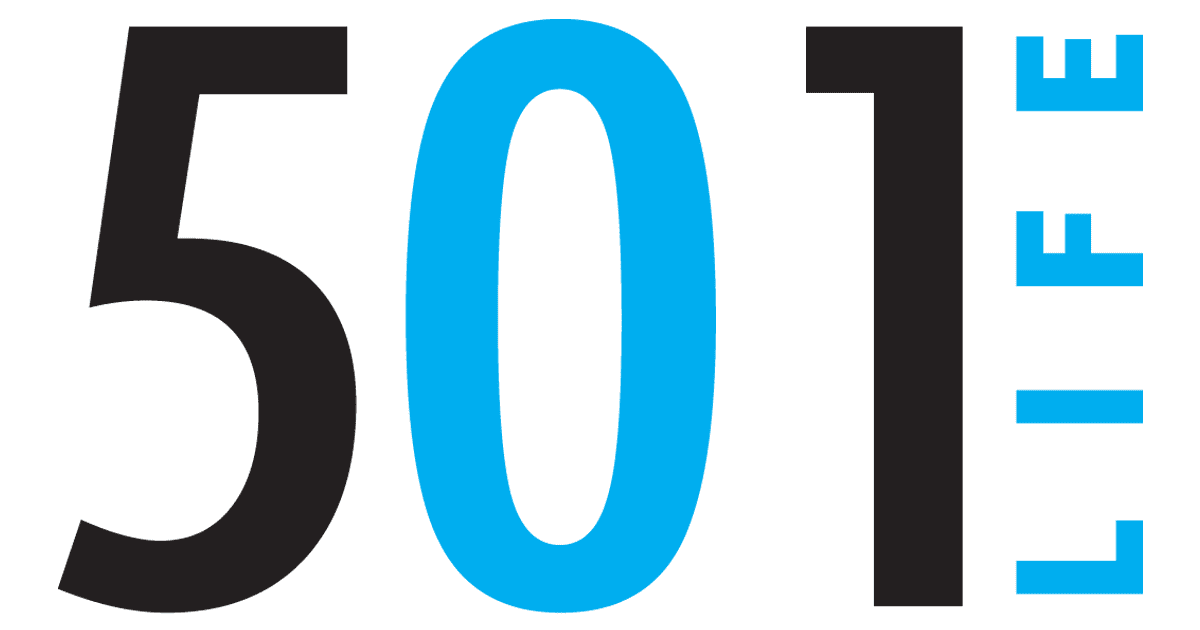
25 Aug 2012 Energy audits a great tool
A home energy assessment — sometimes referred to as an energy audit — will show you what parts of your house use the most energy and suggest the best ways to cut energy costs. You can conduct an easy home energy assessment with a simple but diligent walk-through to spot problems in any type of house.
When assessing your home, keep a checklist of areas you have inspected and problems you find. This list will help your prioritize your energy efficiency upgrades later. A home energy assessment can be separated into four main areas: locating air leaks, insulation, heating/cooling equipment and lighting.
Locating air leaks
First, make a list of obvious air leaks or drafts. The potential energy savings from reducing drafts in a home may range from 5-30 percent per year. Check for indoor air leaks, such as gaps along the baseboard or edge of the flooring and at junctures of the walls and ceiling. Check to see if air can flow through these places:
• Electrical outlets
• Switch plates
• Window frames
• Baseboards
• Weather stripping around doors
• Fireplace dampers
• Attic hatches
• Wall- or window-mounted air conditioners
Inspect windows and doors for air leaks. If you can rattle them, that means possible air leaks. If you can see daylight around a door or window frame, then the door or window leaks. Seal these leaks with caulking or weather stripping.
Insulation
Energy loss through the ceiling and walls in your home could be very large if the insulation levels in your home are less than recommended. If the attic hatch is located above a conditioned space, check to see if it is a least as heavily insulated as the attic, is weather stripped and closes tightly. While you are inspecting the attic, check to see if there is a vapor barrier under the attic insulation. Make sure the attic vents are not blocked by insulation.
Heating/cooling equipment
Inspect heating and cooling equipment annually. Check your filters and replace them as needed, generally changing them once every month or two. Have a professional check and clean your equipment once a year. Check your ductwork for dirt streaks, especially near seams. These indicate air leaks, and they should be sealed with a duct mastic.
Lighting
Energy used for lighting accounts for about 10 percent of your electric bill. Examine the wattage size of the light bulbs in your house. You may have 100-watt bulbs where 60 or 75 watts would do. You should also consider CFL bulbs for areas where lights are on for hours at a time.
For a more detailed assessment of your home, Conway Corporation offers a free energy audit to residential electric customers interested in identifying how much energy their homes consume and what measures may be taken to make their home more energy efficient. For additional information on energy efficiency tips or how to schedule your free energy audit, visit Conway Corporation’s website at conwaycorp.com and click on the Energy Smart quick link.








